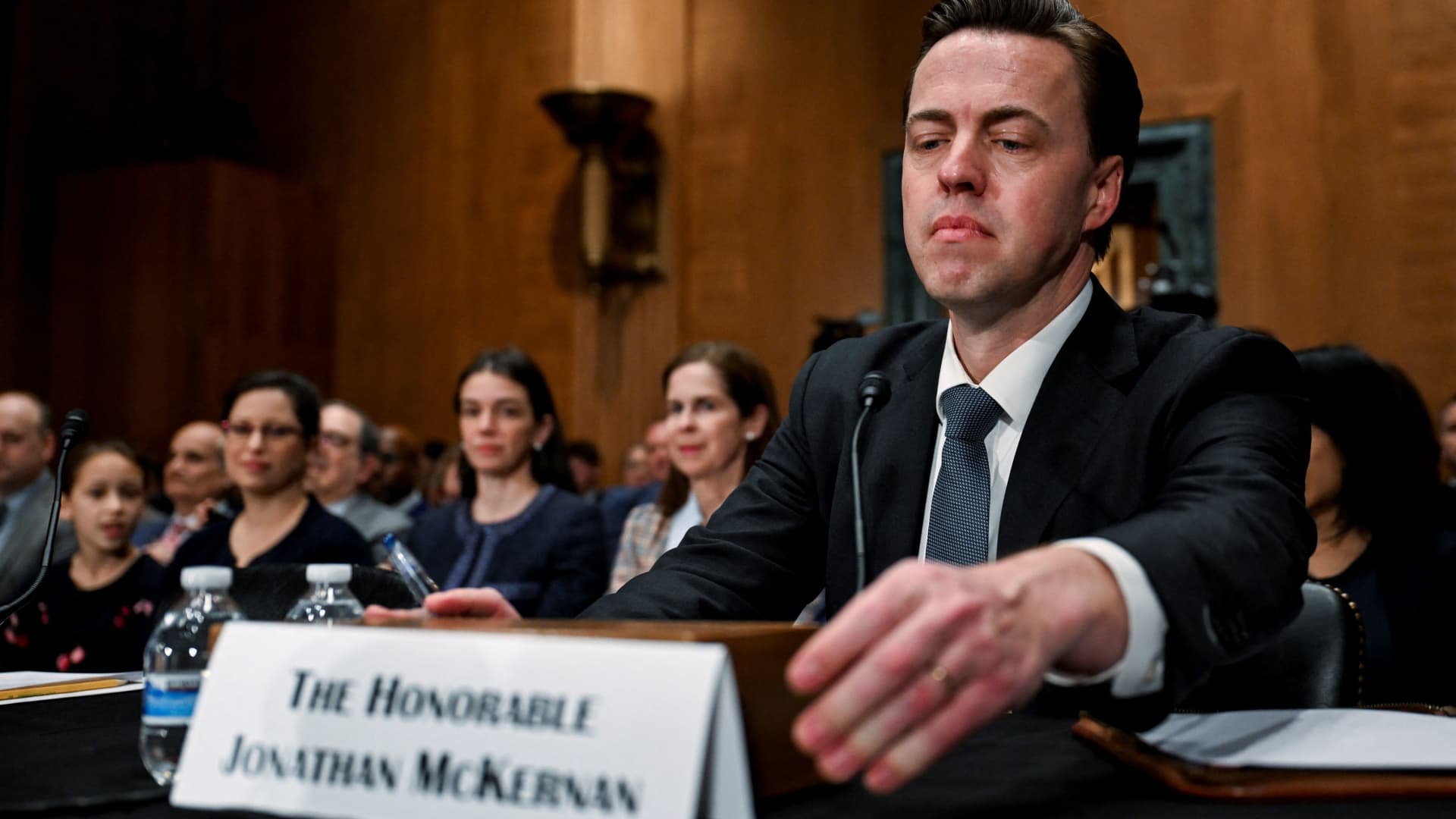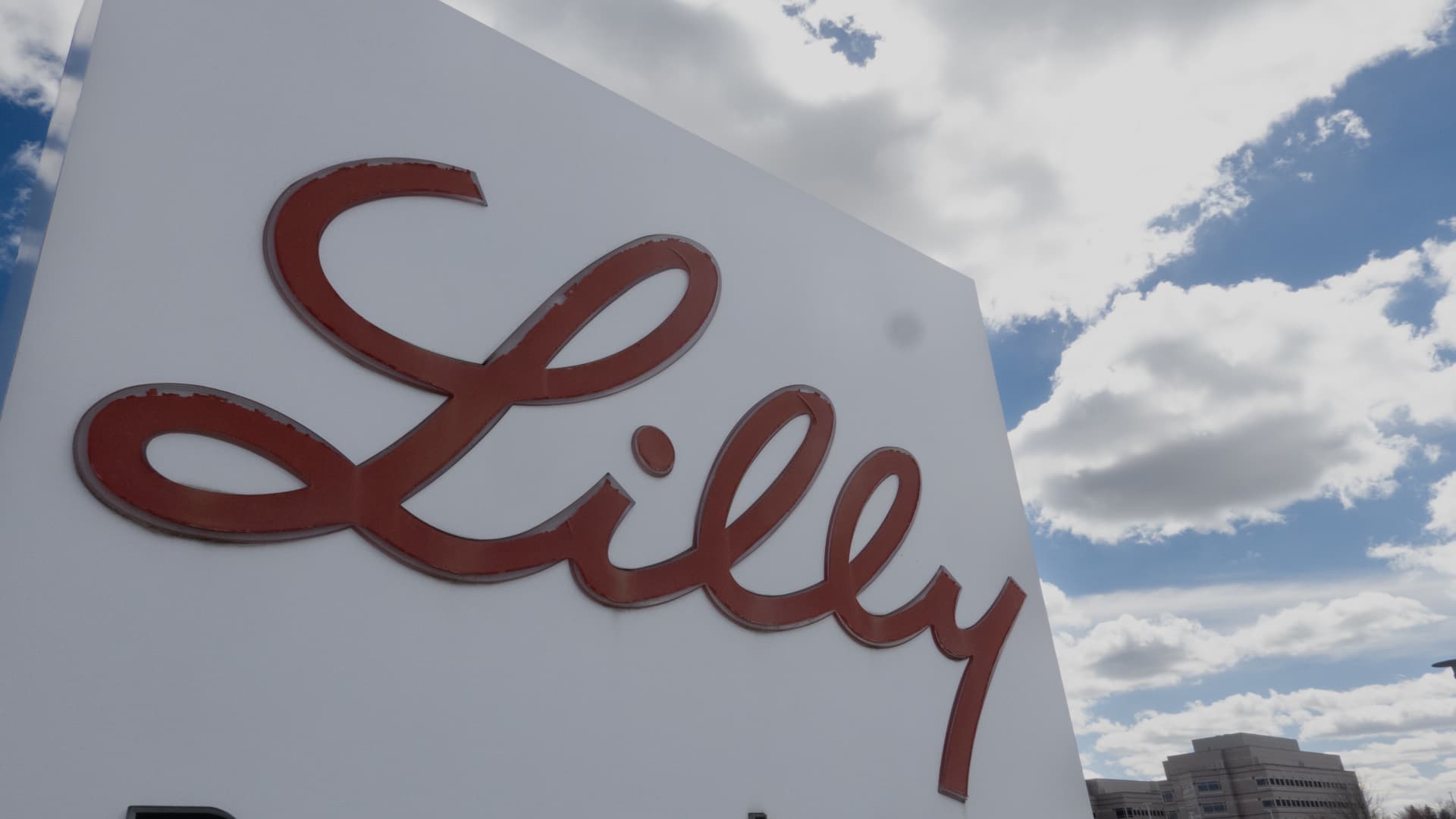Global Trends and Politics
Impact on Productivity and Efficiency

As the world becomes increasingly interconnected, the impact of political instability on workplaces has become a pressing concern for many organizations. Political instability can have far-reaching effects on the global economy, leading to fluctuations in commodity prices, exchange rates, and interest rates, which can significantly impact a company’s bottom line. In this article, we will explore the impact of political instability on productivity and efficiency in the workplace, and how businesses can mitigate these effects.
The Effects of Political Instability on Productivity and Efficiency
Political instability can lead to a range of negative outcomes for businesses, including:
1. Uncertainty and Anxiety
When a country is experiencing political turmoil, it can create an atmosphere of uncertainty and anxiety in the workplace. This can lead to decreased morale, increased stress levels, and a lack of focus among employees. As a result, productivity and efficiency can suffer, as employees struggle to concentrate on their work.
2. Economic Volatility
Economic volatility can be a major concern for businesses, particularly those with global supply chains. Political instability can lead to fluctuations in currency exchange rates, commodity prices, and interest rates, making it difficult for companies to predict their costs and plan for the future. This can lead to reduced productivity and efficiency, as businesses struggle to adapt to the changing economic landscape.
3. Talent Attraction and Retention
Political instability can also impact a company’s ability to attract and retain top talent. When a country is experiencing political turmoil, it can be difficult to recruit new employees, and existing employees may be more likely to leave, seeking more stable and secure environments. This can lead to a brain drain, making it challenging for companies to maintain their competitive edge.
Strategies for Mitigating the Effects of Political Instability
While political instability can be challenging for businesses to navigate, there are several strategies that can help mitigate its effects:
1. Diversify Your Supply Chain
One of the best ways to reduce the impact of political instability is to diversify your supply chain. By sourcing materials and goods from multiple countries, you can reduce your reliance on any one country’s economy and minimize the impact of political instability on your business.
2. Develop a Contingency Plan
Developing a contingency plan can help you prepare for the unexpected. This can include identifying potential risks, prioritizing your goals, and developing a plan for how to respond to changes in the market. This can help you stay ahead of the curve and adapt to changing circumstances.
3. Focus on Talent Development
Investing in your employees’ skills and development can help you attract and retain top talent, even in uncertain times. By providing opportunities for professional growth and development, you can build a strong, stable workforce that can help you navigate the challenges of political instability.
Conclusion
Political instability can have a significant impact on productivity and efficiency in the workplace. However, by diversifying your supply chain, developing a contingency plan, and focusing on talent development, you can mitigate the effects of political instability and stay ahead of the curve. By being prepared and flexible, you can thrive even in uncertain times.
FAQs
Q: How can I reduce the impact of political instability on my business?
A: By diversifying your supply chain, developing a contingency plan, and focusing on talent development, you can reduce the impact of political instability on your business.
Q: What are some common effects of political instability on the workplace?
A: Some common effects of political instability on the workplace include uncertainty and anxiety, economic volatility, and talent attraction and retention challenges.
Q: How can I attract and retain top talent in times of political uncertainty?
A: By investing in employee development and providing opportunities for professional growth, you can attract and retain top talent even in uncertain times.
Q: What is the most critical step in mitigating the effects of political instability?
A: Developing a contingency plan is critical in mitigating the effects of political instability. This can help you prepare for the unexpected and adapt to changing circumstances.
Q: Can I still grow my business in times of political instability?
A: Yes, by being prepared and flexible, you can still grow your business in times of political instability. By diversifying your supply chain, developing a contingency plan, and focusing on talent development, you can stay ahead of the curve and thrive in uncertain times.
Global Trends and Politics
Warner Bros. Discovery Q4 2024 Earnings

Warner Bros. Discovery Reports Strong Q4 Earnings, Forecasts Double-Digit Growth in Streaming Segment
Warner Bros. Discovery, the media and entertainment company, reported a strong fourth quarter, with a significant increase in global streaming subscribers and a forecast of double-digit growth in the streaming segment.
The company added 6.4 million global streaming subscribers in the fourth quarter, bringing the total number of subscribers to 116.9 million. The streaming segment, anchored by flagship service Max, reported revenue of $2.65 billion, a 5% increase from $2.53 billion in the same quarter last year. Adjusted earnings before interest, taxes, depreciation, and amortization (EBITDA) for the unit came in at $409 million, compared with an adjusted EBITDA loss of $55 million in the fourth quarter of 2023.
Guidance and Forecasts
The company forecast adjusted EBITDA of $1.3 billion for its streaming business for the year, roughly double the $677 million adjusted EBITDA it reported for 2024. Warner Bros. Discovery also expects to reach 150 million global subscribers by the end of 2026, with a "clear path" to achieve this goal.
Sports and News
The company announced that it will keep its B/R Sports and CNN content available at no additional cost to subscribers in its standard and premium tiers. Initially, Warner Bros. Discovery planned to charge an additional cost for sports content, but it will now pull both verticals from its basic, ad-supported tier beginning March 30.
The company will continue to experiment with its news and sports business models, according to JB Perrette, CEO and president of global streaming and games. While sports have increased their presence on streaming services recently, with platforms like Netflix adding to their live sports portfolios, Warner Bros. Discovery is more focused on maximizing its returns than acquiring more sports content.
Financial Performance
Warner Bros. Discovery reported a net loss of $494 million for the fourth quarter of 2024, or a loss of 20 cents per share, compared with a net loss of $400 million, or a loss of 16 cents per share, during the fourth quarter of 2023. The company’s overall fourth-quarter revenue fell 2% to $10.03 billion from $10.28 billion during the same quarter in 2023.
Conclusion
Warner Bros. Discovery’s strong fourth-quarter earnings and forecast of double-digit growth in the streaming segment demonstrate the company’s commitment to its streaming strategy. The company’s focus on maximizing returns and experimenting with its news and sports business models may lead to future success in the competitive streaming landscape.
Frequently Asked Questions
Q: What was Warner Bros. Discovery’s fourth-quarter revenue?
A: Warner Bros. Discovery reported fourth-quarter revenue of $10.03 billion, a 2% decrease from $10.28 billion in the same quarter last year.
Q: What was Warner Bros. Discovery’s net loss in the fourth quarter of 2024?
A: The company reported a net loss of $494 million, or a loss of 20 cents per share, in the fourth quarter of 2024.
Global Trends and Politics
Senators Grill Trump CFPB Pick, Jonathan McKernan: ‘Good Luck’

President Trump’s Pick for Consumer Financial Protection Bureau Director Faces Grilling from Senate Democrats
President Donald Trump’s nominee to lead the Consumer Financial Protection Bureau, Jonathan McKernan, faced intense questioning from Democratic senators on Thursday, who pressed him to confirm that he would uphold his legal obligations to run the agency.
McKernan, a former Federal Deposit Insurance Corporation board member, testified before the Senate Banking, Housing and Urban Affairs Committee, where he emphasized his commitment to "fully and faithfully" enforcing laws related to the CFPB’s mission.
McKernan’s Stance on CFPB’s Mission and Leadership
In his opening remarks, McKernan criticized the agency’s previous leadership, led by Rohit Chopra, stating that they had acted in a "politicized manner," exceeded their legal authority, and inadvertently raised prices for consumers. He also expressed concerns about the agency’s "crisis of legitimacy."
However, McKernan’s comments were met with skepticism by Democratic senators, who accused him of being part of a broader effort to dismantle the CFPB. Sen. Elizabeth Warren (D-MA) questioned McKernan on whether he would uphold the agency’s statutory requirements, including maintaining a website and toll-free line for consumer complaints, as well as advocacy offices for military veterans and senior citizens.
CFPB’s Current State and Controversies
The CFPB has recently faced significant changes, including the departure of its acting director, Russell Vought, and the shuttering of its Washington headquarters. The agency has also fired about 200 employees and told remaining staff to stop nearly all work, sparking fears that the agency may be on the brink of extinction.
These developments have led to concerns about the agency’s ability to effectively regulate the financial industry and protect consumers. The CFPB has also dismissed several enforcement lawsuits, including actions against Capital One and a Berkshire Hathaway unit.
Conclusion and Next Steps
McKernan’s confirmation hearing has highlighted the intense scrutiny the CFPB faces under the Trump administration. While he has expressed his commitment to upholding the agency’s mission, his critics remain skeptical about his ability to lead the agency in the face of significant opposition from the White House and the Office of Management and Budget.
Only time will tell whether McKernan will be able to "right-size" and "refocus" the CFPB, as he has promised, or whether the agency will continue to face challenges in its mission to protect American consumers.
Frequently Asked Questions
Q: What is the purpose of the Consumer Financial Protection Bureau?
A: The CFPB is an independent agency responsible for regulating and supervising consumer financial products and services, including banks, credit unions, and other financial institutions.
Q: What is the controversy surrounding the CFPB?
A: The CFPB has faced controversy under the Trump administration, with allegations of politicization, excessive authority, and potential elimination of the agency.
Q: What is the current state of the CFPB?
A: The CFPB is currently facing significant changes, including the departure of its acting director, Russell Vought, the shuttering of its Washington headquarters, and the firing of about 200 employees.
Global Trends and Politics
Eli Lilly to Invest $27 Billion in New U.S. Manufacturing

Eli Lilly to Invest $27 Billion in US Manufacturing Sites, Ties Move to Trump’s Policies
Eli Lilly said it will invest at least $27 billion to build four new manufacturing sites in the U.S., as demand for its blockbuster weight loss and diabetes injections soars and the company develops new drugs for other conditions.
The announcement comes as drugmakers and companies across different industries work to build goodwill with President Donald Trump, who has emphasized reshoring manufacturing to the U.S. and reducing reliance on foreign supply chains. He has threatened companies — and pharmaceutical businesses in particular — with tariffs if they do not manufacture products in the U.S.
The company made the announcement at an event in Washington, D.C., emphasizing the political undertones of the strategy. The event featured several speakers from the Trump administration, including Kevin Hassett, director of the White House National Economic Council, and Commerce Secretary Howard Lutnick, who explicitly tied the announcement to Trump’s policies.
The Largest Pharmaceutical Expansion Investment in U.S. History
The move brings Eli Lilly’s total U.S. manufacturing investments to more than $50 billion in recent years. The company’s CEO, David Ricks, called the investment "the largest pharmaceutical expansion investment in U.S. history." The new sites will create more than 3,000 jobs for workers such as engineers and scientists, along with 10,000 construction jobs as the plants are built.
Future Sites and Pipeline
Eli Lilly has not decided on the location of the four new U.S. sites, but will be accepting location submissions through March 13 and will announce decisions on new sites in the coming months. The company is optimistic about its pipeline across therapeutic areas, including cardiometabolic health, oncology, immunology, and neuroscience.
The new investments build on the success of Zepbound and Mounjaro, which share dominance of the booming market for so-called GLP-1 drugs with Novo Nordisk’s weight loss drug Wegovy and diabetes treatment Ozempic.
Counterfeit and Compounded Medications
Ricks took a shot at cheaper compounded versions of its injectable drugs, saying "America faces a growing threat from an influx of counterfeit and compounded medications." The company’s efforts to boost the supply of Zepbound and Mounjaro aim to ensure that eligible patients are safely accessing those branded treatments instead of cheaper compounded versions.
Conclusion
Eli Lilly’s $27 billion investment in the U.S. aims to address the growing demand for its blockbuster weight loss and diabetes injections, while also aligning with President Trump’s policies on reshoring manufacturing and reducing reliance on foreign supply chains. The company’s efforts to boost the supply of Zepbound and Mounjaro will ensure that eligible patients are safely accessing those branded treatments instead of cheaper compounded versions.
Frequently Asked Questions
Q: What is the total investment by Eli Lilly in the U.S. manufacturing sites?
A: The company’s total U.S. manufacturing investments are more than $50 billion in recent years.
Q: How many jobs will be created by the new manufacturing sites?
A: The new sites will create more than 3,000 jobs for workers such as engineers and scientists, along with 10,000 construction jobs as the plants are built.
Q: What are the locations of the new U.S. manufacturing sites?
A: Eli Lilly has not yet decided on the locations of the four new U.S. sites, but will be accepting location submissions through March 13 and will announce decisions on new sites in the coming months.
-

 Career Advice3 months ago
Career Advice3 months agoInterview with Dr. Kristy K. Taylor, WORxK Global News Magazine Founder
-

 Diversity and Inclusion (DEIA)3 months ago
Diversity and Inclusion (DEIA)3 months agoSarah Herrlinger Talks AirPods Pro Hearing Aid
-

 Career Advice3 months ago
Career Advice3 months agoNetWork Your Way to Success: Top Tips for Maximizing Your Professional Network
-

 Diversity and Inclusion (DEIA)3 months ago
Diversity and Inclusion (DEIA)3 months agoThe Power of Belonging: Why Feeling Accepted Matters in the Workplace
-

 Changemaker Interviews2 months ago
Changemaker Interviews2 months agoUnlocking Human Potential: Kim Groshek’s Journey to Transforming Leadership and Stress Resilience
-

 Global Trends and Politics3 months ago
Global Trends and Politics3 months agoHealth-care stocks fall after Warren PBM bill, Brian Thompson shooting
-

 Global Trends and Politics3 months ago
Global Trends and Politics3 months agoUnionization Goes Mainstream: How the Changing Workforce is Driving Demand for Collective Bargaining
-

 Training and Development3 months ago
Training and Development3 months agoLevel Up: How Upskilling Can Help You Stay Ahead of the Curve in a Rapidly Changing Industry









